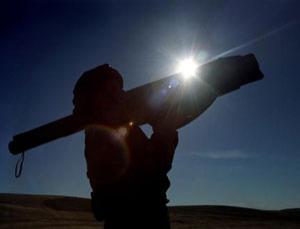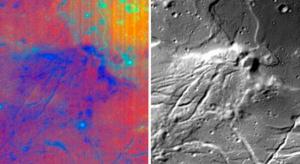
© Rockefeller UniversitySeeing through walls. An experiment shows that when dividing strep bacteria are stripped of their surface proteins (left), they begin to grow back in just minutes. One surface protein, protein M (green), anchors to the spot where sortase A (red) assembles. Before the bacteria finish dividing (right), sortase A has already begun to migrate to the new site of division.
To protect themselves from human defenses, disease-causing bacteria have evolved a cell wall made from a nearly impenetrable tangle of tightly woven strands. That's made it difficult for scientists to see what goes on inside these potentially deadly organisms. But that era is now over. Rockefeller University researchers have now figured out how to drill holes through the Kevlar-like hide of gram-positive bacteria without obliterating them, and in doing so, they've made it possible to study, from the inside out, most of the known bacteria on the planet.
The work, led by Vincent A. Fischetti, head of the Laboratory of Bacterial Pathogenesis and Immunology, provides, for the first time ever, a look inside the rapidly multiplying and highly contagious Streptococcus pyogenes, the culprit behind a myriad of diseases, including strep throat and rheumatic fever. At a time when organisms are increasingly acquiring "superbug" powers, Fischetti and his colleague Assaf Raz, a graduate student in the lab, have used the technique to look specifically at a well-known enzyme called sortase A and its distribution inside the cell. Common to all gram-positive bacteria, the enzyme functions by anchoring surface proteins to the cell wall, endowing the bacteria with their infectious properties.


